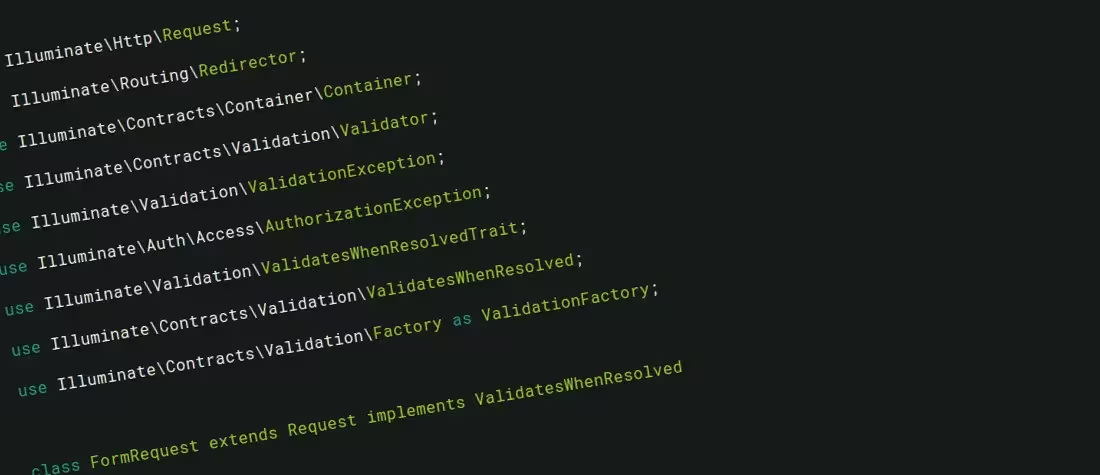Tag: Programming
-
Docker braindump
A collection of my learnings, notes and musings on Docker.
-
Been learning to use Docker Swarm
Despite not yet managing to get what I have learnt implemented, I have nonetheless took on board some good concepts around docker and docker swarm
-
How I would set up Laravel with Docker
This is a quick brain dump for myself to remember how I set up Laravel with Docker. Hopefully it can help others out also.
-
How to easily set a custom redirect in Laravel form requests
In Laravel you can create custom request classes where you can house the validation for any given route. If that validation then fails, Laravel’s default action is to redirect the visitor back to the previous page. This is commonly used for when a form is submitted incorrectly – The visitor will be redirected back to…
-
Stretching before running
One of the annoying things about web development, is having to learn completely new paradigms every now and again. I’m all for improving my skills and being more efficient in my work, but when i have to halt to have to learn a whole new separate thing, it grinds my gears a bit. The idea…
-
Im back on the Vim train. Trying, once again, to learn to use it. I know it will be worth it if I stick to it.
-
Compile FFmpeg for Ubuntu, Debian, or Mint
https://trac.ffmpeg.org/wiki/CompilationGuide/Ubuntu
-
Laravel Blade push and stack
Laravel’s blade view compiler is second to none. I’ve used a couple of different templating engines and blade is by far my favourite. Including Partials The way in which we include partials of views within our main views is as follows:@include(‘partials.my-first-partial’)It will inject that partial’s content in the specified place. Defining Sections Within our views,…
-
Version controlling my vim setup, y’all. Just sayin’
-
-
@letsencrypt hi. I signed up for beta access the other day for my site davidpea.ch I was just wondering if you had a timescale? Cheers.
-
Alias allthethings

